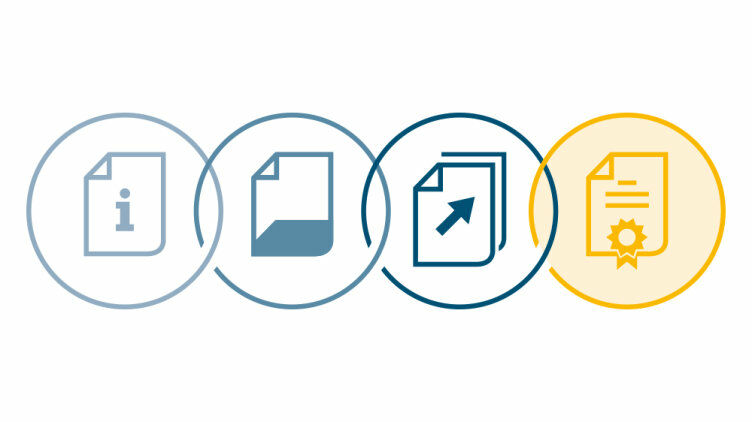Warrington WA1 1QA
on facilities)
on facilities)
In cooperation with TÜV NORD, Pilz offers the qualification to become a CMSE – Certified Machinery Safety Expert. The four-day course gives an overall view of the subject of machinery safety and is divided into five modules which convey comprehensive knowledge on and about the machinery lifetime cycle. The CMSE modules are standardised worldwide and are of a uniform level. The concluding TÜV NORD certificate has international validity.

Module 1: Introduction to safety
Module 2: Machinery safety
Module 3: Risk assessment
Module 4: Mechanical safeguards
Safety components and technologies
Electrical safety requirements
Module 5: Functional safety of control systems
Functional safety of fluid engineering

Your best path to qualification:
The seminar includes a multiple choice test. If the test is passed, the participants receive the internationally acknowledged TÜV NORD certificate of CMSE - Certified Machinery Safety Expert, which is valid for 4 years. The one-day recertification extends the validity for another four years.
Detailed information, conditions for taking part and registering can be seen at www.cmse.com. You receive all information on CMSE and you can test your knowledge using the CMSE quiz.
Accreditation for the CMSE seminar assumes that you have working experience and a knowledge of the specialist area. Are you unsure about whether your current qualification corresponds to the
required level? Feel free to get in touch with us. We offer you individual consultation and we show you possible alternatives for achieving the qualification level for CECE.
CMSE is the ideal preparation for qualification as CECE - Certified Expert in CE Marking.
Continuing Professional Development - usually abbreviated to CPD - is the intentional maintenance and development of the knowledge and skills needed to perform in a professional context. CPD hours (or points) are a way of measuring time and quality of learning. Points can be collected in a personal portfolio allowing participants to track their professional development and progression. CPD-accredited training can assist participants in honing their current skills, developing them to a new level or it could mean learning entirely new ones.

Our Certified Machinery Safety Expert Course is CPD-accredited
Each participant for this course must complete an individual application form:
Pilz Automation Ltd
Pilz House, Little Colliers Field
Corby, Northants, NN18 8TJ
United Kingdom
Telephone: +44 1536 460766
E-Mail: sales@pilz.co.uk
Telephone: +44 1536 460766
E-Mail: training@pilz.co.uk